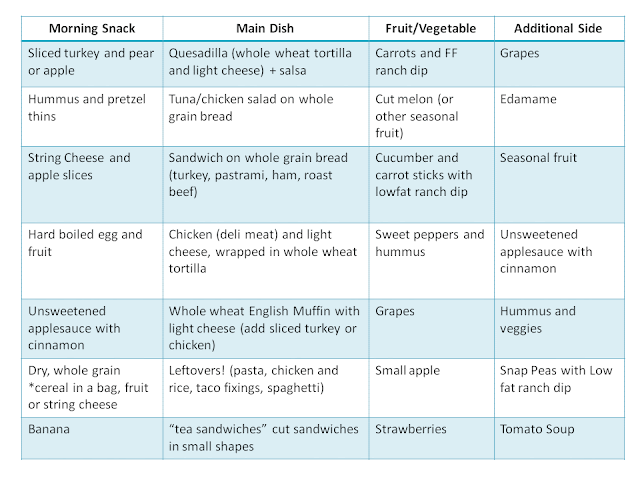 This is a difficult time of year for most people to make healthy choices. We are very busy, weather can be icky, and we are surrounded by unhealthy food at every turn.
This is a difficult time of year for most people to make healthy choices. We are very busy, weather can be icky, and we are surrounded by unhealthy food at every turn.We experience all of those obstacles, THEN we take a 2 week winter break! If not organized carefully, we can start the new year several pounds heavier.
Here is a list of strategies that parents and kids find helpful to maintain their weight over the holiday season.
1) Manage the food gifts. As the chocolates and food baskets come in to the house, make a plan to get them out of the house as quickly as possible! To reduce temptation for everyone, consider donating them to a shelter, giving them to a neighbor or sharing them at work.
2) Do something active EVERYDAY! You have the time - use it! This is a great opportunity to plan family hikes and bike rides. Celebrate winter and bundle up to ice skate with friends, walk in the neighborhood and play games at the park.
 3) Change-up the Stocking Stuffers. If you (or Santa) usually put a lot of candy in the stockings, consider small gifts instead. Kids and Teens love to receive small items like Chapstick, socks, toys, lotions, iphone or itouch cases or lipgloss.
3) Change-up the Stocking Stuffers. If you (or Santa) usually put a lot of candy in the stockings, consider small gifts instead. Kids and Teens love to receive small items like Chapstick, socks, toys, lotions, iphone or itouch cases or lipgloss.4) Plan meals ahead. Make sure there are plenty of healthy choices available. Set out or bring washed grapes, clementines or cut vegetables so you know there are plenty of healthy options around the house.
5) Limit the choices. Studies show that people eat less if there are fewer choices available. Offer or bring one kind of pie instead of three!
6) Do something active EVERYDAY! Oops... did I say that already??
Have a healthy, happy holiday!
















